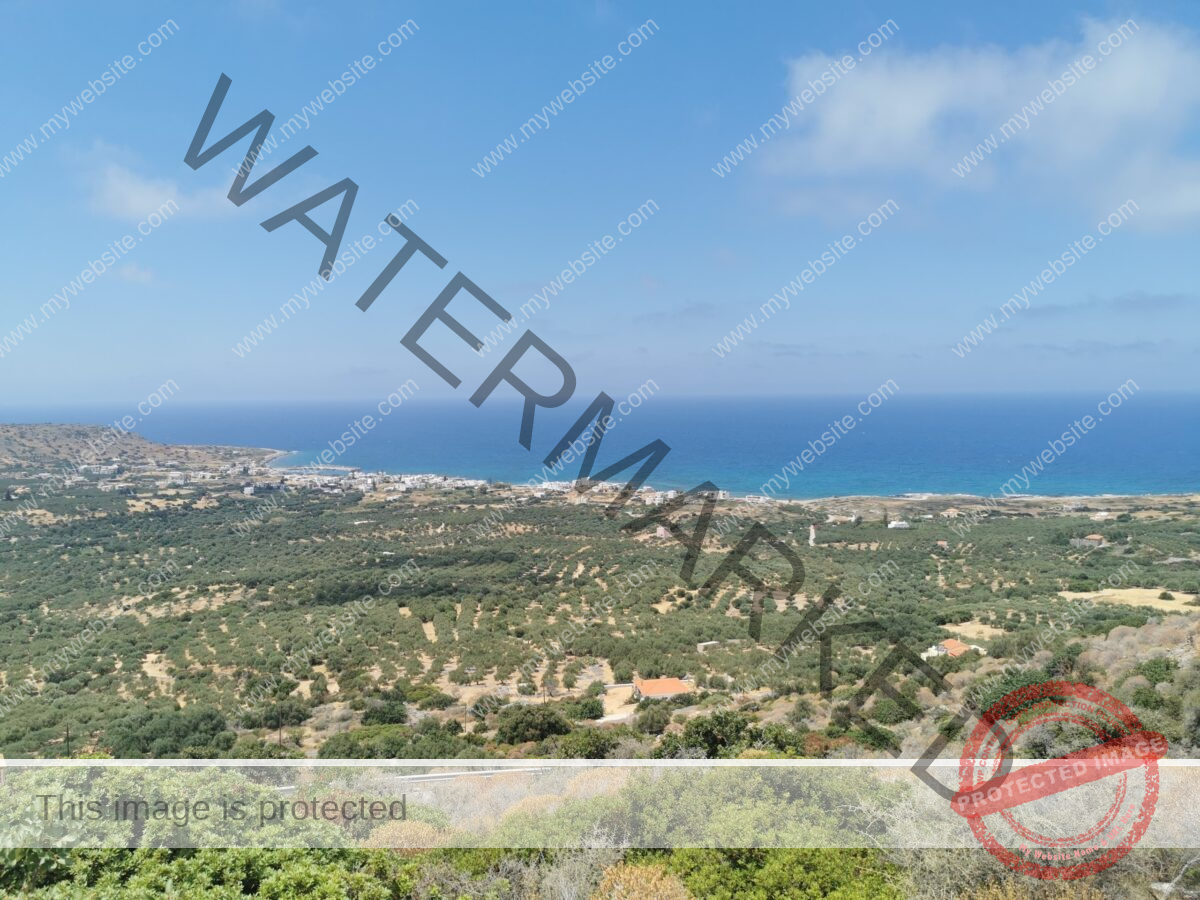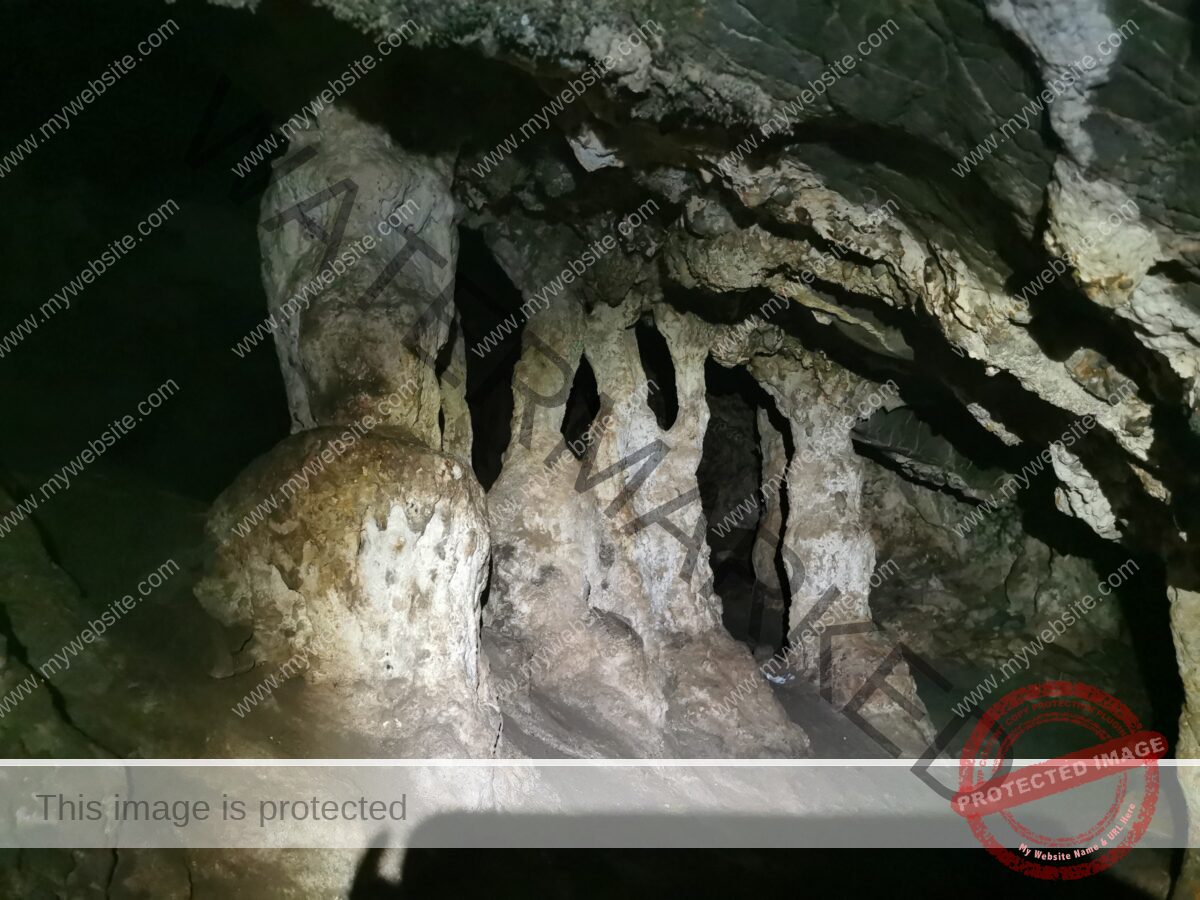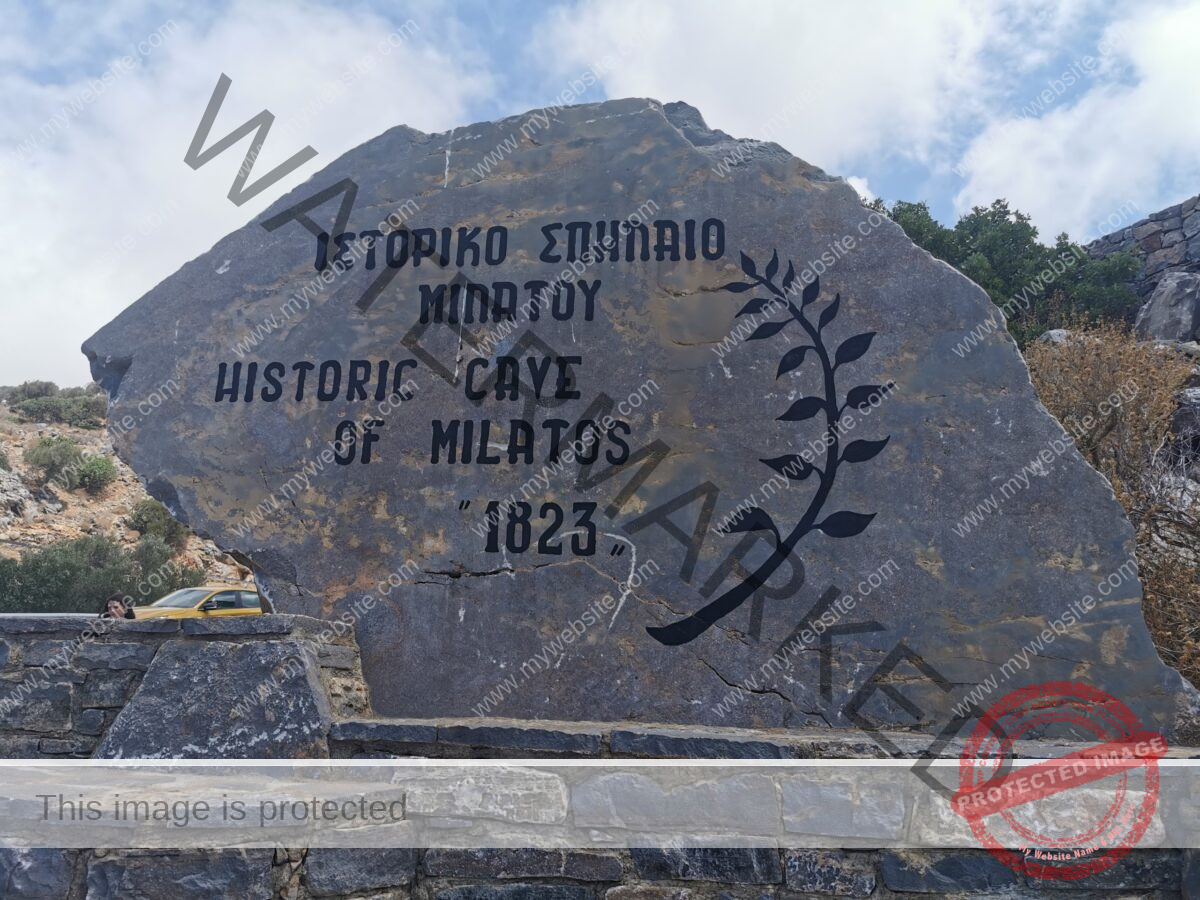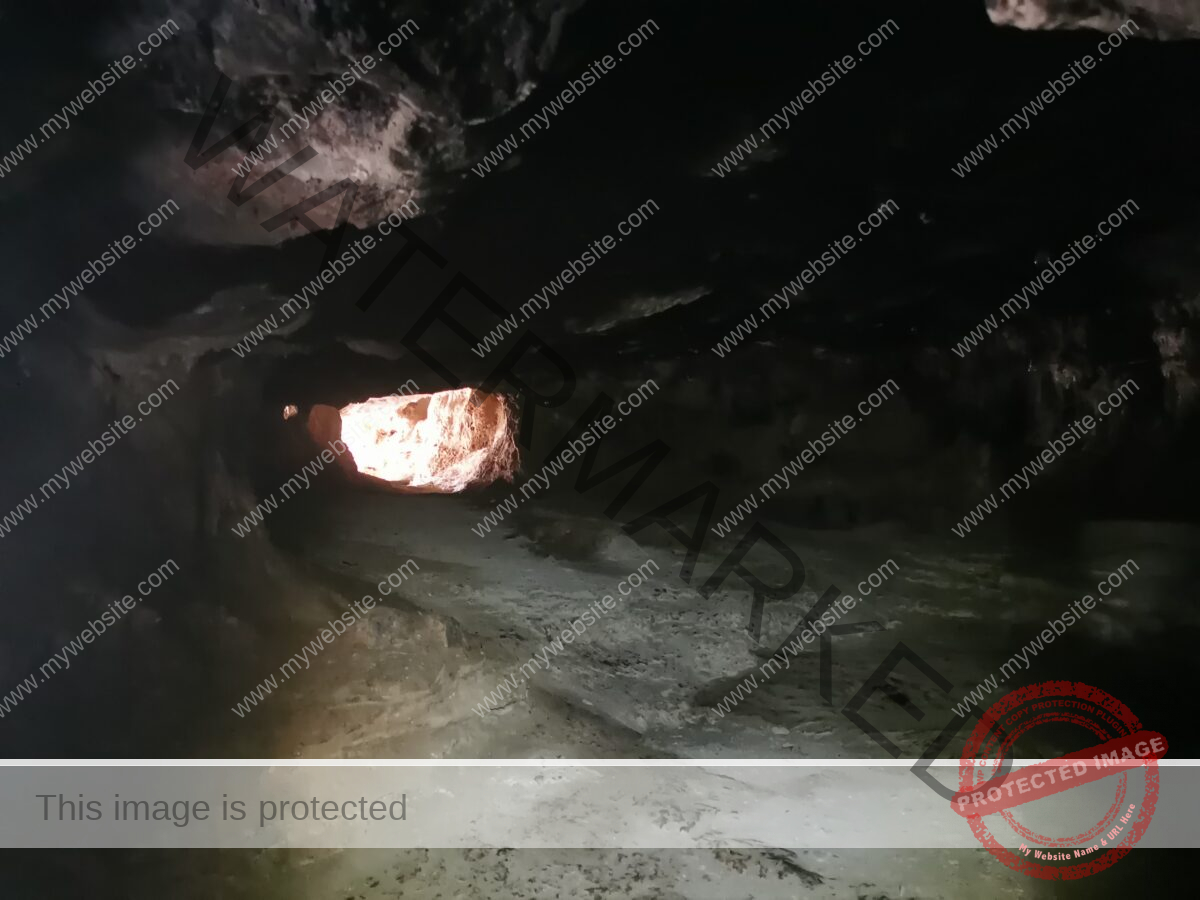
Ancient Krani
12. August 2020
The best beaches of Crete
8. September 2021Milatos Cave - Crete's cruel past
Milatos Cave, located 50 kilometres east of Heraklion, is a place shrouded in history and legends. This natural cave stands amidst rugged cliffs overlooking the Aegean Sea. It has served as a place of refuge, a place of worship and a historically significant site. The cave is open to all, free of charge, without the need for a guide.
The way from the parking lot is a short walk during which you can enjoy the beautiful panorama of the surrounding mountains and the sea. You don't need any equipment to enter the cave, even the light from your mobile phone will be enough, as the significance of this cave is not so much in its decoration, but in the historical value it represents for the locals.

Panoramic views
Inside of the cave
The cave consists of several chambers and passages, with the main hall measuring approximately 73 metres in length and 63 metres in width. Inside are various impressive stalactites and stalagmites, although the main attraction of the cave is its historical significance rather than its geological features. For us, the interior was rather weak compared to the other caves we visited on Crete. Inside there were only small stalactites and stalagmites. However, the sunlight streaming through the holes in the cave walls created a fantastic play of shadows and enhanced the experience of the visit.
However, the panoramic views and historical significance were definitely worth a visit, especially if you are in the Heraklion area. We stopped here on our way from Agios Nikolaos to Skotino Cave.

several geological formations in the cave
History of the cave
The history of the cave dates back to the Neolithic period, as with other caves on Crete. Pottery shards, tools and other artefacts have been found here, which indicate that it was inhabited by early settlers who used its shelter for protection and survival.
However, one of the most significant events associated with the Milatos Cave occurred in February 1823 during the period of Ottoman rule on Crete. As a reminder of this event, a memorial plaque is placed in front of the cave to commemorate the human cost of the war and the lasting legacy of the victims.
The bloody history of the cave
In the winter of 1822-1823, attacks by Hasan Pasha's forces devastated the Lassithi plateau and moved on. The inhabitants of the local villages sought refuge in the local caves, among which was the Milatos Cave. The Turks managed to encircle the entrance to the cave, but the Greeks successfully resisted for several days. They had to face thirst, hunger and the stench of the dead bodies of their elders.
The Turks installed cannons on the opposite hills and began to bombard the cave. The Cretans laid blankets and mattresses around the cave to absorb the force of the cannonballs, while waiting for help. Indeed, 2,500 Greeks from other parts of Crete came to help, but the Turks were in greater numbers and occupied strategic positions. The Turks urged the besieged inhabitants to surrender, but they did not believe them and refused to come out.
The Turks lit a fire near the cave entrance and filled the cave with smoke, forcing the Greeks to leave their hiding place. They captured the inhabitants, the women were bound and taken away as slaves, and their children were murdered. The men were trampled by horses and then beheaded by the Turks to form a pyramid. The parish priests were burned alive.
Experts estimate that a total of 2,500-3,000 people were trapped in the cave. However, these estimates are considered inflated because the cave could not have held that many people. The actual number is estimated to be less than 1.000, but this still represents a huge tragedy that will forever be etched in the history of Crete.

Commemorative plaque
The cave at present
Today, the Milatos Cave is a solemn memorial to the victims and serves as a place of remembrance and contemplation. This event is commemorated by a small chapel in the cave dedicated to St. Thomas and several commemorative plaques.
Our whole family loves Greece and Turkey as well, and it is stories like the one witnessed in the Milatos Cave that show us how much progress each country has made and how lucky we can be to be living in this time. The cave was also interesting for the children, who were old enough to understand the history of the place and perhaps learn a lesson from it.

Tiny openings through which light enters the cave
How to get here?
The cave lies in a relatively remote area. The best way to get here is by car. The car park is a short walk from the entrance to the cave, a maximum of 5 minutes walk. If you would like to take the bus, you need to go to the small town of Milatos and from there about 2.5km on foot. No organised tours are going here. Because of this, the cave is little visited and you can enjoy the beauty in silence and solitude.







